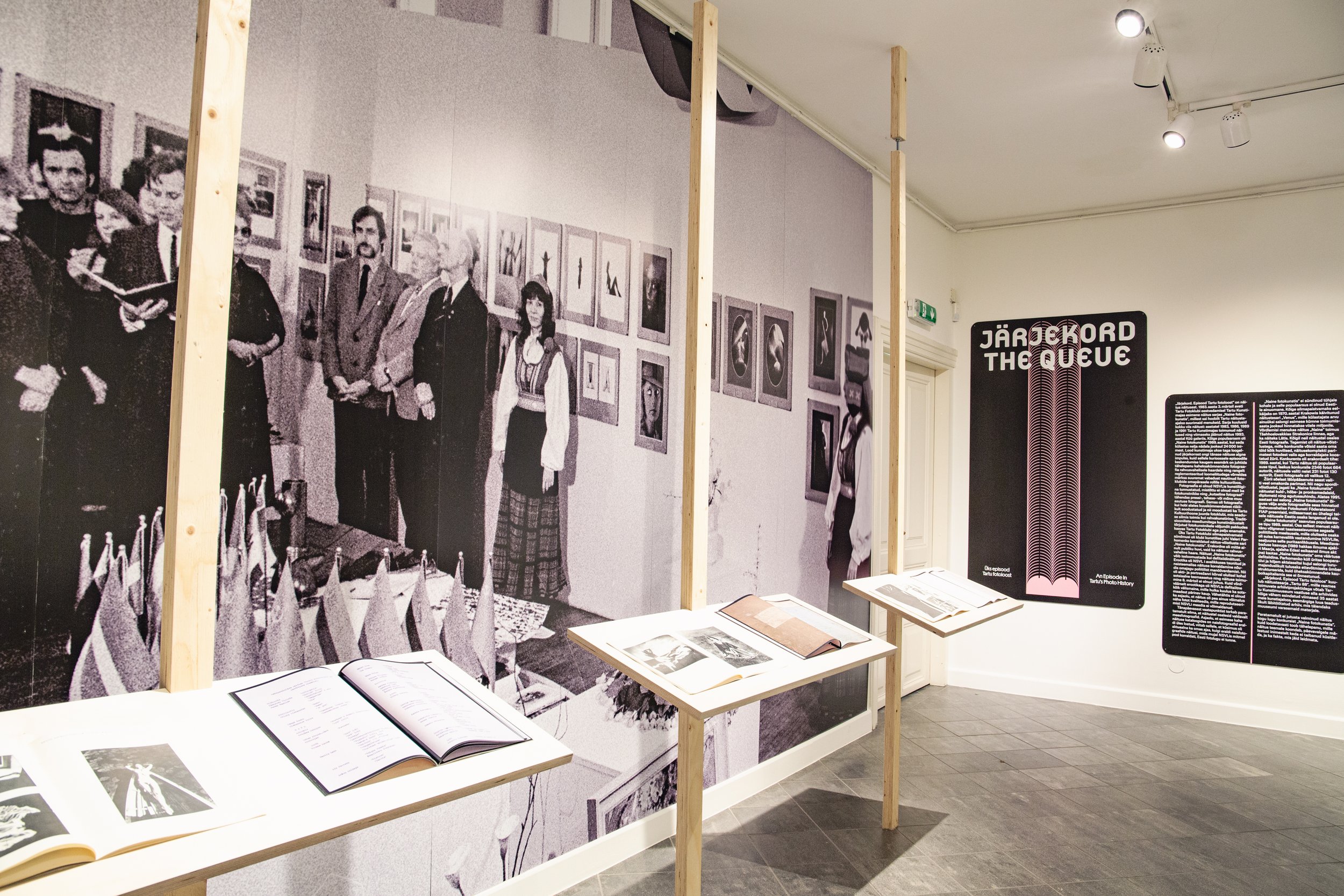Alise Tifentale, “How a Photographer Became an Artist: The Development of the Artistic Style of Gunārs Binde in the Cultural Context of the 1960s,” 27-41. In: Binde. 100-10, edited by Anna Binde, Alexey Murashko, and Elīza Ramza (Riga: Gunārs Binde Foundation, 2024).
Download my chapter as a PDF here!
Abstract:
This chapter aims to outline the cultural and institutional context that helped shape Gunārs Binde’s creative style during the early phase of his work in the 1960s, the first decade following the Second World War in which the scene of fine-art photography could become revitalized and flourish in Soviet Latvia. During the Khrushchev’s Thaw, there arose new opportunities and favorable conditions, fostering the creation of exhibitions and publications as well as facilitating the exchange of ideas with congenial people abroad. In the early 1960s, Binde rapidly gained recognition both in the Soviet Union and on the international stage for his works Psychological Portrait (1962) and Wall (1964), his dramatic 1965 work Portrait (Eduards Smiļģis), as well as for several nudes he made at the time, and for pioneering a dynamic editing technique that utilized monochrome photo stills in the domain of documentary film. In creative collaboration with the artist and scenographer Arnolds Plaudis (1927-2008), Binde devised an original method of creating staged photos, a technique that has no direct analogues in 1960s fine-art photography anywhere in the world. The method synthesizes elements of theater, acting, and the aesthetics of cinematic framing in order to realize the artist’s creative intentions in photography. Visually, one can draw distant parallels to the framing employed in Italian neorealist film (Neorealismo) and the French New Wave (La nouvelle vague). From the very outset, Binde distinguished himself among his contemporaries with his programmatic and relentlessly idealistic attitude toward photography and his concept of the “artful image”, which is an image that seeks to convey a philosophical or symbolic meaning intended by the author and which is to be distinguished from those photographic images that merely document the fact of visible reality. Although Binde’s “artful image” has assumed many forms throughout the years, this concept has had a significant influence on the development of Latvian photo art.
However, as we delve into the works of preeminent artists, we occasionally overlook the unseen networks of institutions and contemporaries that, at the time, served both to directly inspire these works as well as ensure their subsequent public life by way of exhibitions, publications, and discussions. An example of the elements making up such a network can be found in the Rīga photo club, which was established in 1962 and provided the organizational base for the development of photo art in 1960s Latvia. It is important to discuss this cultural context, as even presently there persists a prejudice against the history of photo clubs in the Latvian art scene, associating them with the photo amateur movement and the ideologized model of “amateur art activities” orchestrated by the Soviet authorities. Consequently, this chapter invites examining the historical situation in 1960s Latvia without the prejudices about the Soviet era that emerged in the 1990s. Such a historical interpretation can differ from the way both Gunārs Binde himself and his contemporaries recall this decade. Nonetheless, my interpretation does not seek to rival the memories of direct witnesses but instead aspires to expand the readers’ perspective and provide a theoretical insight into the circumstances under which photo art was able to exist and develop both locally and internationally over this decade.











































































